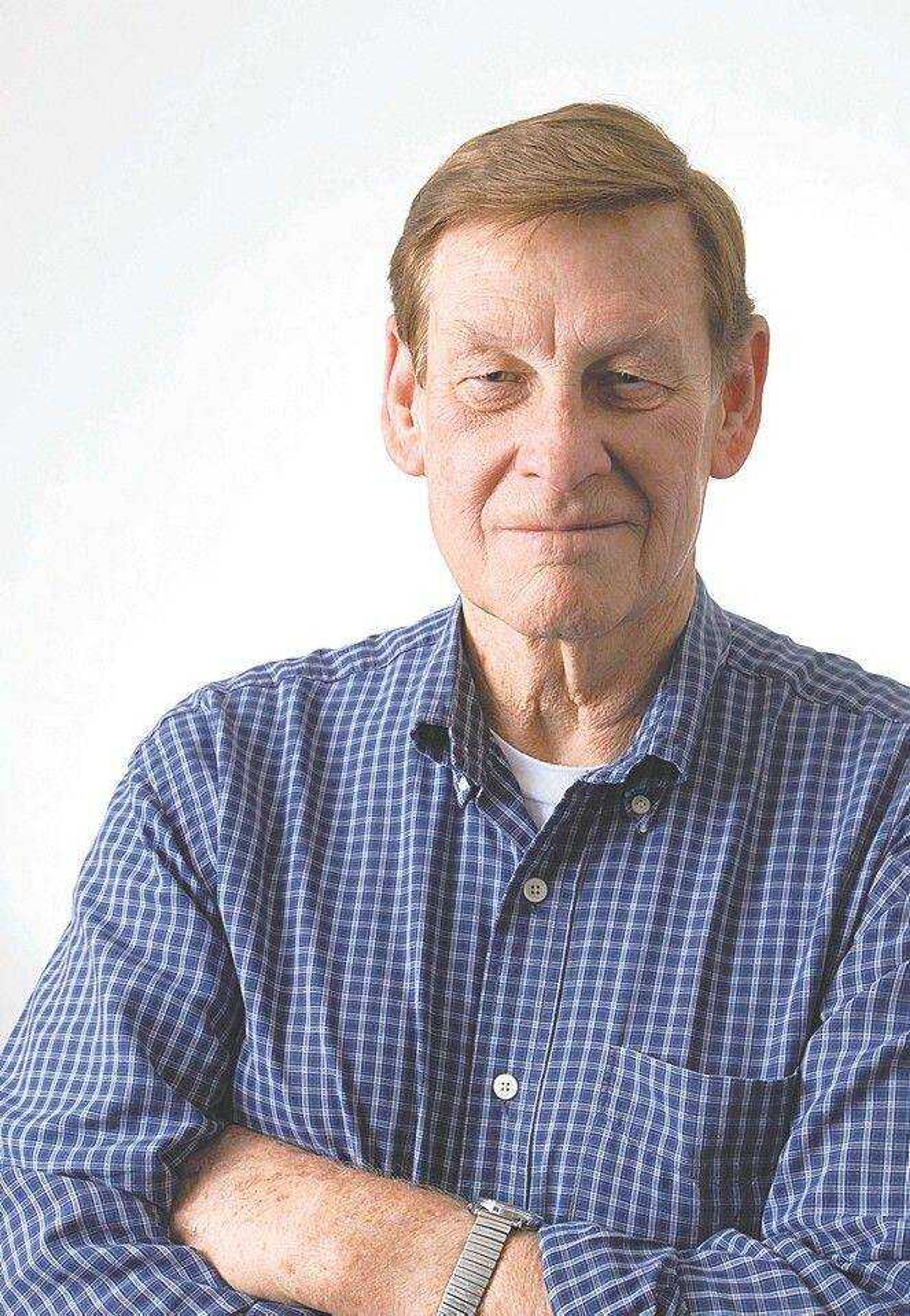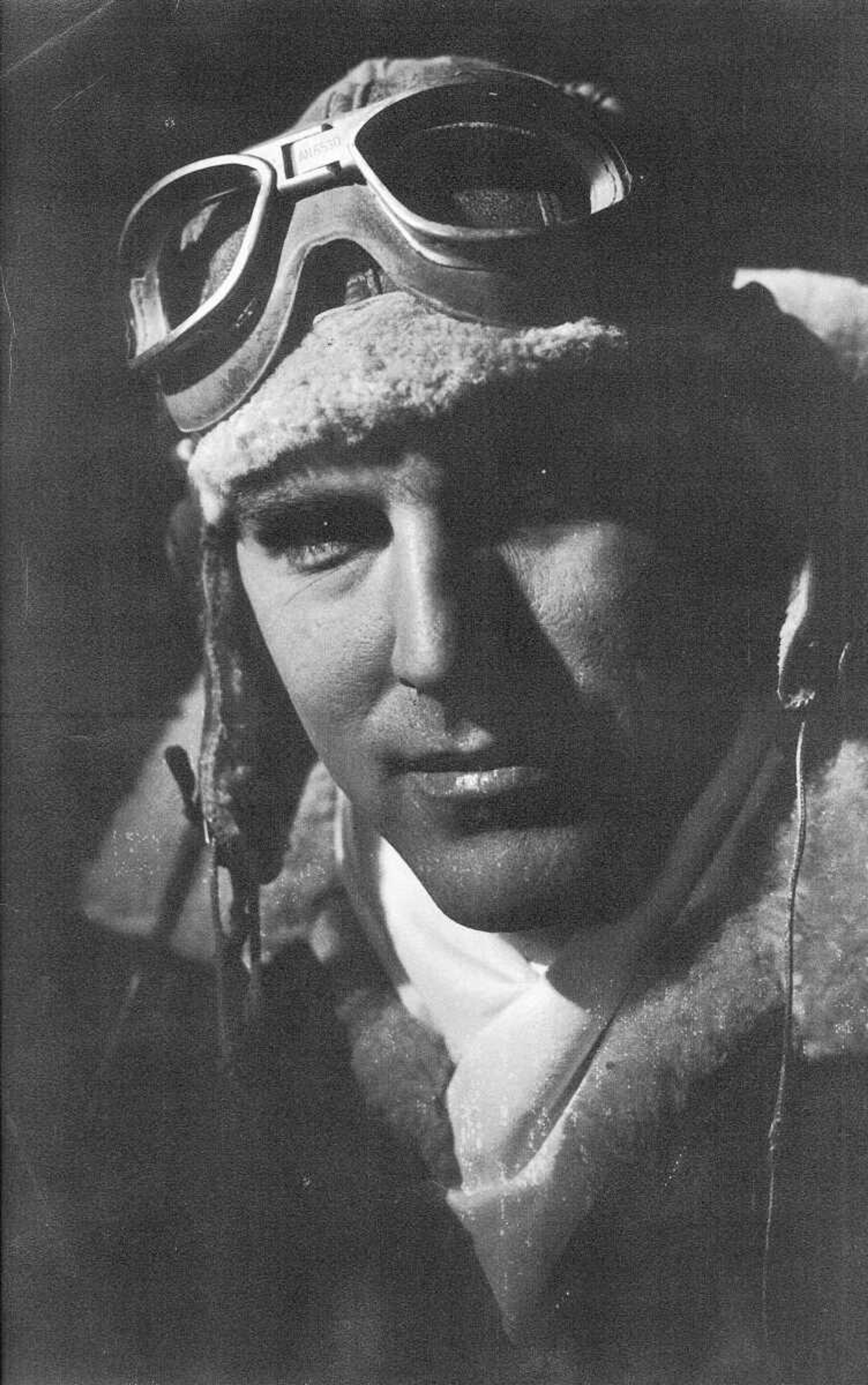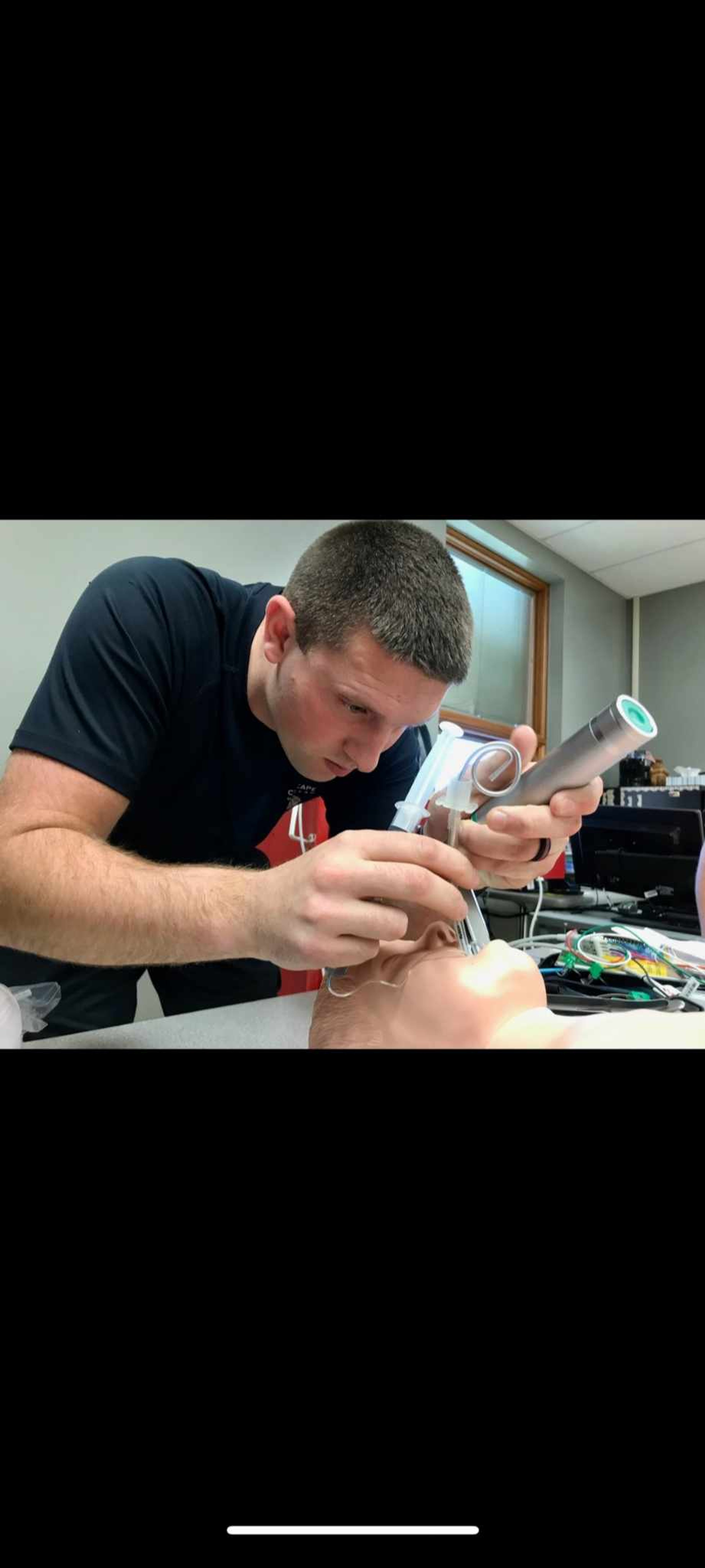Special People, Special Places: A lifetime in the skies
Southeast Missouri is defined by its special people and special places. Clearly one of the special people in our region is Apostle Paul Vance, a man almost as familiar with the sky as he is of the landscape of his ranch near Fredericktown, Mo. Born on July 22, 1919, on a small farm near Zalma, Paul Vance was the middle child in a family of 11 children. ...
Southeast Missouri is defined by its special people and special places. Clearly one of the special people in our region is Apostle Paul Vance, a man almost as familiar with the sky as he is of the landscape of his ranch near Fredericktown, Mo.
Born on July 22, 1919, on a small farm near Zalma, Paul Vance was the middle child in a family of 11 children. By the time he was 8, he could drive a team of mules and make a contribution to the welfare of a hard-working farm family. Near the end of the 1920s, his father, Benjamin Vance, expanded his labors to include ownership of three small sawmills in Wayne County but still could not make a satisfactory living for his growing family. Consequently he gathered them all into a large cattle truck and with furniture, cows, hogs, chickens and dogs and moved to St. Louis, settling on a small truck farm along Warson Road, four miles south of Lambert Field.
In 1938 Paul Vance graduated from Wellston High School, and with his warm and engaging personality convinced five of his best friends to attend college "back home" at Southeast Missouri State College. All six youngsters played ball together, attended church together and attended Southeast together. All six graduated from college and all six served in the military during World War II.
Vance recalls that as a youngster in Zalma in the 1920s an airplane "going over" would empty home, school or business. In March of 1941, while a student at Southeast, he fulfilled a dream by getting an opportunity to take to the air from a small airstrip west of Cape Girardeau along Highway 74. He never stopped looking up. Vance graduated from Southeast in 1942 and became the commanding officer of the local Civilian Pilot Training Program, preparing young men to be pilots for the war. In 1943 he received his wings and began service as a flight instructor in the U.S. Navy, in two years training about 40 pilots for the war effort. Three of his pilots became flying aces in the war; two later became airline pilots.
At the end of World War II, Vance attended graduate school at St. Louis University and accepted the position of director of aviation for the St. Louis Chamber of Commerce. In that capacity he did much to develop St. Louis -- a river center, railroad center and trucking center -- into an aviation center. It was Vance who represented the city of St. Louis before the Civil Aeronautics Board, acquiring new and extended air routes for the Gateway City.
As a student at Southeast Vance was befriended by professor A. C. Magill and graduated with a teaching degree as a chemistry major. In 1951 he joined Monsanto as a chemist and corporate pilot, flying officers of the company across the nation. In 1954 he became the chief sales engineer for Monsanto's fire-resistant hydraulic aircraft fluid, Shydrol, doing much to secure industrywide adoption of that product. From that time forward Vance became an aviation safety engineer of national and international significance.
From his first flight west of Cape Girardeau in March 1941 to the spring of 2009, Paul Vance's log books indicate flight time of about 23,000 hours in the air -- equal to nearly three full years in the sky. Those hours in the air provide the basis of countless stories that reveal much about the evolution of aviation in St. Louis, Missouri, the United States and around the world.
For years Vance has regularly and enthusiastically told these stories at the Vance Aviation Museum, now in the former Fredericktown depot. Here one can hear about a flight over the top of Pikes Peak in a small, open cockpit plane; about a forced landing on a highway near Elkins, W.Va., and memorable accounts of adventures in the sky from such close friends as Charles Lindbergh, Jimmy Doolittle and Barry Goldwater.
There is even a persistent rumor that Paul Vance is the only person who knows, for sure, the name of the first pilot to fly an airplane through the St. Louis Gateway Arch. But, the repercussions of that action prevents Vance from revealing the name, although he tells the story with a curious look in his eyes and an enthusiastic smile that engages all of his face. People privileged to spend even a few moments with Paul Vance cannot help but recognize that here is a person special to the region, the state, the nation and to humanity.
Frank Nickell is the director of the Center for Regional History at Southeast Missouri State University. He studies the history of Southeast Missouri and the people in it. You can also hear his award winning program, "Almost Yesterday" at 7:49 a.m., Wednesdays on KRCU, 90.9 FM and KSEF, 88.9 FM, Farmington.
Connect with the Southeast Missourian Newsroom:
For corrections to this story or other insights for the editor, click here. To submit a letter to the editor, click here. To learn about the Southeast Missourian’s AI Policy, click here.











